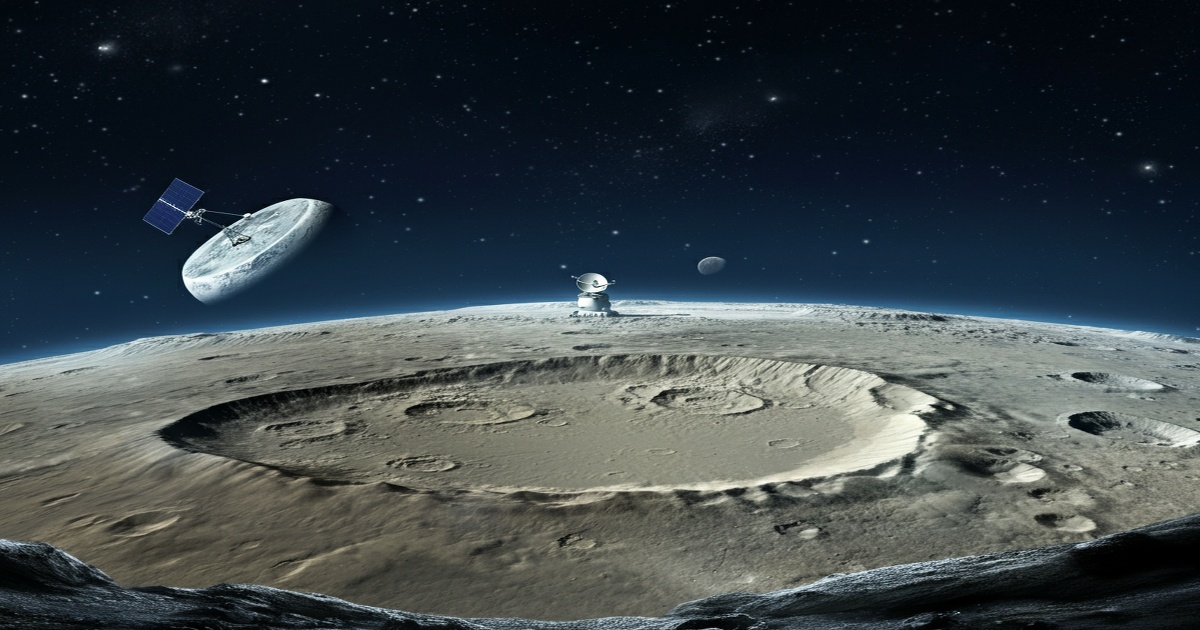A research group from China has successfully created a precise terrain dataset for the landing area of the Chang'e-6 lunar probe, utilizing high-resolution images taken during the mission. This dataset plays a critical role in accurately identifying the landing site and interpreting various surface characteristics of the moon, such as the roughness of soil grains, the shapes of craters, the thickness of regolith, and the prevalence of rocks. Such information acts like an identification card for the lunar soil samples, which is vital for laboratory analysis.
Led by Li Chunlai from the National Astronomical Observatories of the Chinese Academy of Sciences, the research was published in the journal Nature Communications. The methodology involved analyzing data from the Chang'e-6 descent camera and close-range stereo images from the panoramic camera to construct the high-precision dataset. Findings indicate that the Chang'e-6 probe landed at the southwestern edge of a crater known as Crater C1, which is approximately 51 meters wide and located within a region of lunar mare basalt.
A comparative analysis highlighted that various characteristics such as surface roughness, the depth-to-diameter ratio of craters, regolith thickness, and rock abundance at the landing site are intermediate between those of the previous Chang'e-4 and Chang'e-5 landing areas. This suggests that the exposure age of the surface at the landing site is also between those of the two earlier missions. Additionally, the analysis revealed that the landing area is covered with impact ejecta, showcasing multiple radial ejecta rays in remote sensing images.
Calculations of the soil composition suggest a "mixed recipe," consisting of approximately 35 centimeters of local basalt, which accounts for about 30-35 percent likely sourced from the nearby C1 crater, along with 5-16 centimeters of material from more distant lunar craters. This research yields essential scientific insights into the origins of the material in the Chang'e-6 lunar samples and lays a robust foundation for subsequent studies and analyses of the specimens returned from the moon.







5 Comments
Michelangelo
The Chang'e-6 mission continues to impress! Excited for the insights from these lunar samples!
Donatello
Why do we keep investing in lunar missions? We should solve problems at home first.
Leonardo
So many scientists are focusing on pointless projects like this when they could be tackling climate change.
Raphael
Proud of China's advancements in space! This is the kind of progress we need.
Donatello
What happens to this data? Will it just gather dust in a lab somewhere?